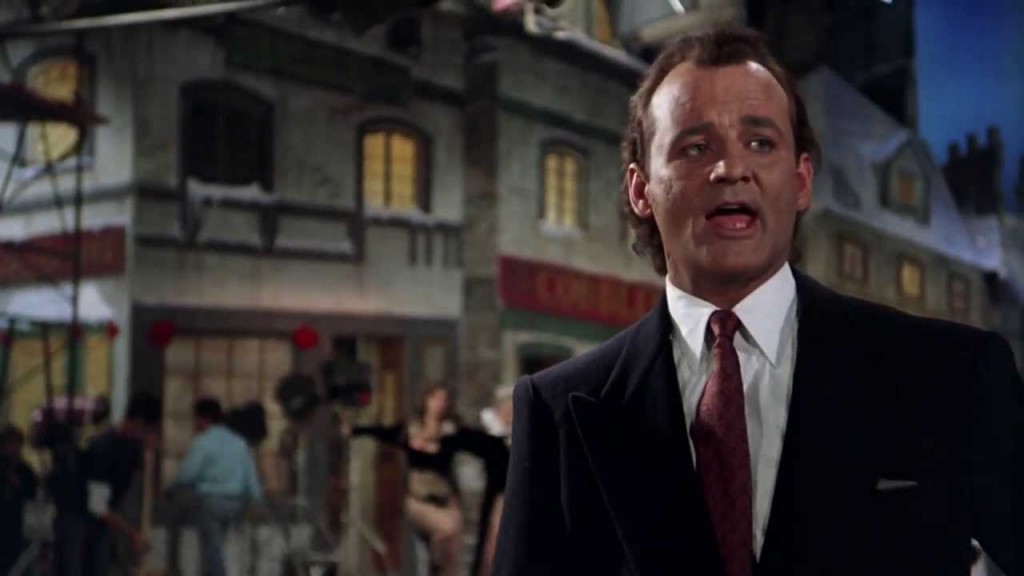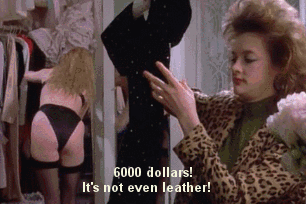
Ask anyone you know. What are your plans for the holidays? We guarantee very few of them will say they are waiting in long lines stalking toy aisles or spending precious time circling parking lots of the relics of retail past: Shopping Malls. No, sir.
Black Friday melting away slowly but surely is the canary in the retailer coal mine. People are over fighting others for crap they don’t really need and getting in debt up to their eyeballs. The great goods frenzy of the 1980s and 90s is the stuff of movies from that era, where teens actually went to malls for entertainment.

Today, people of all ages are disgusted that stores stay open late and are open on family-centric holidays like Thanksgiving, and anyone can tell you working during the holidays perhaps as a high school or college student was a circle of hell that Dante wouldn’t wish on his enemy.

What’s driving the changes afoot in shopping habits? Experts like Rebecca Brooks, co-founder of marketing and research firm Alter Agents says you can thank the millennials.
She says, “The trends we are seeing among consumers is being driven in great part by millennials. We [Alter Agents] have been discussing that consumers still want ‘value’ but the definition of ‘value’ has changed dramatically in the last five years. Pre-recession, value was about getting the most quantity for your money. Cheap products at Wal-Mart, huge meals at Olive Garden, etc. The recession reminded us that our money is not disposable and the things we purchase shouldn’t be disposable either. In addition to the financial wake-up, the world is changing dramatically in terms of how people define happiness and value.”
The recent Black Friday proved that many upper and middle-class Americans, from millennials to baby boomers, view it as the annual CNN reel side show to see how the lower classes clamor for loss leader limited stock deals. If the data is to be analyzed, this way of shopping is something to be looked down upon by more and more people who value their time over “the experience” of finding a deal.
But people still do shop, and most – if not all – shoppers love getting value for their money. How they do it, and for what reasons, are the changing variables.
Brooks says that the financial crisis and its aftermath made mindless shopping a relic. Instead, a new set of values emerged. She tells Monsters and Critics, “More is no longer better. Millennials and the overall middle class are much more concerned with the quality, durability and the experience of the purchase, and the backstory of the vendor.”

“To us this means that ‘value’ is no longer defined by price. Consumers now want value in terms of the additional meaning and worth a product brings to their lives. They are more discerning about where they spend their money and more demanding. You can see trends with brands that give back, examples being Tom’s shoes, Dancing Moon Coffee supporting Semper Fi Fund, and American Girl now gives a doll to charity for each purchase, Smile Amazon gives a percentage of all purchases to the charity or school of your choice. Consumers are flocking to the opportunity to benefit themselves and the world through their purchases. This isn’t greenwashing, and that strategy won’t work for brands. Rather, consumers are looking for brands that share their values and, therefore, are more valuable as a purchase and adds to the quality of life – for themselves or others – and will vote with their dollars for the brands that bring more to the table that low prices.”
Brooks adds, “There’s a shift with millennials away from empty consumption that was more a marker of their parent’s generation. This generation and the trend across the board seems to be people interested in backstory and ownership, valuing more expensive quality durable goods that are multifunctional and made to last, and that are ethical companies to boot.”
 Buffett’s home in Omaha (Wikicommons)
Buffett’s home in Omaha (Wikicommons)
Even our cultural role models who shape and mold the way we work, live and play are not playing the name game in their choices of clothing. Billionaire Warren Buffett drives an old reliable car and lives in an unpretentious home in Omaha, Nebraska.

Zuckerberg driving a Honda Fit
Brooks says, “We have billionaires like the late Steve Jobs and Marc Zuckerberg who wear pretty much the same thing daily, a simple no-frills uniform if you will, and eschew blatant branding and disposable trend items in garments. The clothes are more a representation of who you are versus what the designer’s name or logo is, all you have to do is look at the rise and fall of Ed Hardy.”
Indeed. Millennial consumers, and to an extent their older generations around them, are now much more conscientious of the world around them, the news and not wearing their money.
“Baby boomers were one of the last generations to have a pension to rely on, yet these millennials have to rely more on themselves and have a lot more responsibility for their own future,” says Brooks.
“The political climate internationally is unsettling and domestically, the pendulum is swinging away from mass consumption and moving to smart consumption. People are no longer bragging about how much they have, but the quality of what they own and why they purchased it. They think more critically about how and where their money is spent. When they do spend, they will go higher end if the perceived quality is there and there is a residual positive – like Tesla cars and zero emissions being better for the environment and lessening our dependence on oil – versus plunking down the same money for a BMW or Mercedes.”
Brooks adds, “There’s definitely a generational backlash to mindless consumerism and blatant conspicuous consumption that is bleeding over to other generations, as witnessed by the death of traditional Black Friday.”


